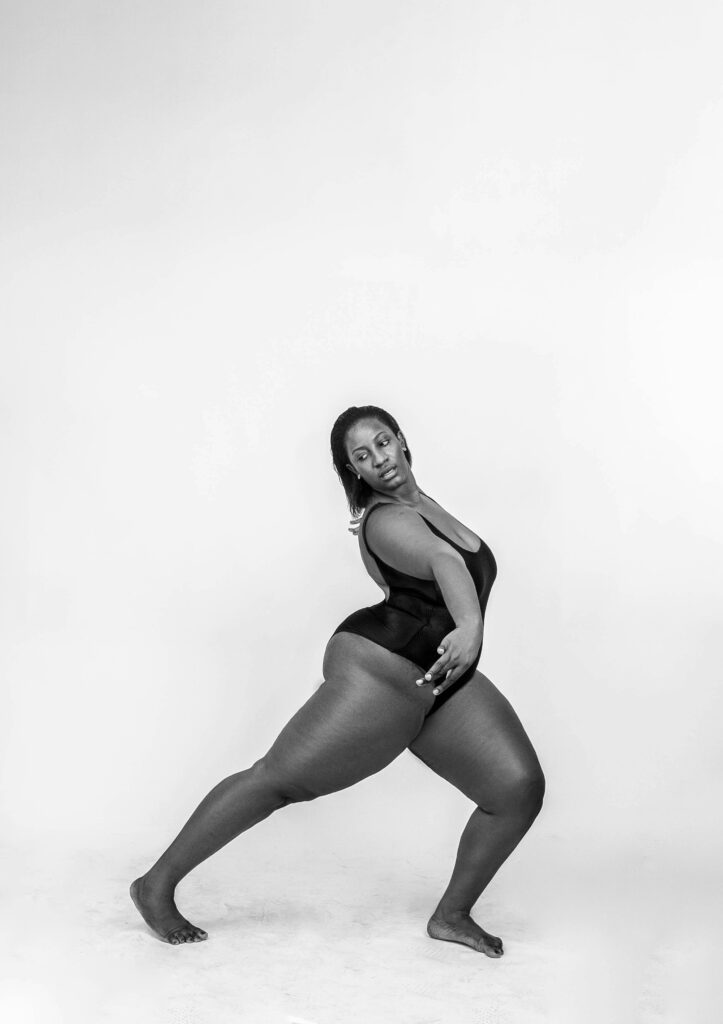Walk into any beauty store and it’s easy to get swept away by glowing promises, glossy packaging, and glamorous brand ambassadors. But after more than 30 years as a dermatologist, I’ve seen the less glamorous side of the industry too—what really happens behind the scenes. The truth is, some of the biggest names in beauty profit not just from our desire to look good, but from exploiting people, trust, and even the environment.
Let’s pull back the curtain on the dark side of beauty.
Exploiting Consumer Trust with Misleading Marketing
Fear-Based Advertising and Pseudoscience
If I had a dollar for every time a patient brought me a product labeled “chemical-free” or “dermatologist-tested,” I’d have retired by now. These terms sound reassuring, but they’re often meaningless. Everything is made of chemicals—including water. And “dermatologist-tested” doesn’t mean it’s dermatologist-approved or even safe.
I remember one client who insisted on using only paraben-free creams because she read that parabens are dangerous. Unfortunately, the product she chose lacked proper preservatives, and she ended up with a nasty skin infection from bacterial growth. Fear-based marketing had led her away from safe, effective skincare.
Greenwashing and the Illusion of Sustainability
Many brands slap on labels like “eco-friendly” or “sustainable” without having the practices to back them up. This is known as greenwashing. They may use recyclable packaging but ship globally with carbon-heavy logistics. Or they may claim to use natural ingredients without disclosing that those ingredients come from unethical sources.
It’s a way to cash in on consumer guilt while doing the bare minimum.
Labor Exploitation in the Global Supply Chain
Underpaid Workers in Developing Countries
Let’s talk about where your beauty ingredients come from. Mica, often used for shimmer in eyeshadows and highlighters, is mined in countries like India—sometimes by children. Shea butter, a staple in many moisturizers, is often harvested by women working in poor conditions for extremely low pay.
The lack of transparency in supply chains means companies can claim to be cruelty-free while turning a blind eye to human suffering.
The Hidden Cost of Fast Beauty
“Fast beauty” is the industry’s answer to fast fashion. Products hit the shelves in record time to match TikTok trends or viral Instagram looks. But speed comes at a price—usually paid by overworked factory workers under high pressure, often in countries with little to no labor protections.
These workers endure long hours and unsafe conditions so brands can profit from the next big thing.
The Price of Perfection: Psychological Exploitation
Unrealistic Beauty Standards
Social media filters, photoshopped ads, and influencer culture have created nearly impossible beauty standards. Over the years, I’ve had a heartbreaking number of young patients—some as young as 15—ask me how they can get “poreless skin” or look more like their favorite influencer.
It’s not their fault. The beauty industry sells us a dream that often requires more than just makeup or skincare—it requires perfection. And perfection isn’t real.
The Rise of Unnecessary Treatments
There’s a growing push toward cosmetic treatments and procedures, even for people with healthy skin. From vampire facials to unnecessary chemical peels, people are being encouraged to “fix” what isn’t broken.
I once treated a young woman who had undergone a laser treatment for melasma she didn’t have. A salon convinced her she had pigmentation issues. The result? Scarring and long-term skin sensitivity. It broke my heart.
The Environmental Toll of Beauty Products
Toxic Ingredients and Ocean Pollution
Many conventional beauty products contain ingredients that harm more than just your skin. Microplastics from exfoliating scrubs and certain sunscreen chemicals have been found to damage marine life and coral reefs.
As someone who believes in holistic skin health, I can’t ignore the broader impact. The planet is part of our well-being too.
Waste from Single-Use Packaging
The beauty industry produces a staggering amount of waste. Plastic bottles, jars, and pumps are rarely recycled, even when technically recyclable. Think about it: how many tiny jars and tubes do you throw away each month?
Eco-conscious brands exist, but they’re still the exception—not the rule.
What You Can Do as a Conscious Consumer
Look Beyond the Label
Start by reading ingredient lists, not just the front of the packaging. Research the brands you support. Certifications like Fair Trade, Leaping Bunny, or EcoCert can help guide ethical choices.
And don’t fall for fear-based marketing. Instead, educate yourself and choose products for their efficacy and ethics—not their buzzwords.
Prioritize Science, Not Trends
You don’t need a 10-step routine filled with exotic extracts. What you need is consistency, science-backed ingredients, and products that suit your skin type.
As a dermatologist, I’ve seen thousands of skin issues caused by trendy products that weren’t right for the person using them. Trends come and go. Good skin care doesn’t.
Conclusion
The beauty industry has many shining lights, but it also casts deep shadows. From unethical labor practices to misleading marketing, there’s a lot happening behind the scenes that most consumers never see.
After decades in dermatology, I can tell you this: real beauty care starts with knowledge and intention. Choose transparency over trendiness, ethics over empty claims, and science over hype.
Because looking good should never come at the cost of someone else’s well-being—or your own.

